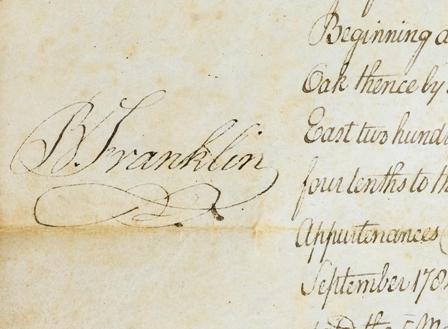When hubby and I were selling at the Elkhorn Antique Flea Market, we had brought a large collection of vintage colored aluminum pieces to sell. While the display was incredibly vibrant, shining in the sun, what was even more striking were the reactions to it.
Groups of people were drawn to it, often grabbing a person they were shopping with and dragging them over to the display. Of course, these people were usually of a certain age… For while aluminum was considered a rare metal in the 19th century — and costly by the ounce than silver or even gold — once the mining processes improved, aluminum became all the rage and by the 20th century it was used from everything from kitchenware to Christmas trees. By the 1960s, however, plastics were on their way to replacing pretty much everything, including colorful aluminum ware. But many younger people also recognized the vintage colored aluminum ware as much of the fancy colorful aluminum pieces lived second lives as part of camping gear and in cupboards in summer cottages.
Nearly each person who passed by had their own stories and memories about vintage colored aluminum ware. Clutching a piece in their hand, they’d shared their stories — making a collective experience as they stories drew even more people over.
“My grandma had these glasses — I remember fighting with my sister over who got the purple one!”
“I remember these! Everyone had a set of these. …I wonder where I put my set? Oh, I know, I gave them to the kids for camping. I wonder if they still have them?”
“My aunt had these glasses! I remember how cold our hands would get holding them!”
I too recall my aunt having a set of the vintage colored aluminum tumblers — but my memories are more fear-filled. For my aunt used to save money by making Kool-Aid with only half the directed amount of sugar. Ack! Now the sight of these vintage aluminum tumblers makes my taste buds suspicious. *wink*
Another woman shopping at the flea market also was suspicious. When her friend was regaling her with fond childhood memories of drinking the leftover milk from a colored aluminum cereal bowl, the woman shuddered and said the idea of the aluminum near her mouth made her teeth ache. Her friend knit her brow and said, “You use a spoon and fork to eat, right? And aren’t you drinking that Coke out of an aluminum can right now?”
But my favorite story came from a man about my age who said, “I remember how cold the cups stayed — and how they would sweat. And I’d always leave one sitting put on the furniture and when my dad would find it he’d call me over. He’d tell me to pick the cup up and bring it to him. And when I brought it to him, my dad would ‘ding’ it on the side of my head.”
As a mom, I have to wonder just how many times this had to happen before the kid would learn to put his dishes away. *wink*
There were a number of collectors there that day too, out shopping exactly for more pieces to add to their collections — and a number of collectors who were delighted to discover that there really was a pitcher or a coffee pot to go with their tumblers and trays, butter dishes to go with their salt and pepper shakers, measuring spoons to match their measuring cups, and tongs to go with beverage sets. There even are advertising pieces, such as scoops for lard!
Some pieces have (usually black) plastic handles. Some pieces have embossed, etched, or even hammered designs. And the range of colors and brands are impressive!
We sold a lot of vintage aluminum ware that day. What didn’t sell has been split-up, with half going to our case at Antiques On Broadway and the other half going to our booth at Exit 55 Antiques.
My favorite piece of those left is this red and gold aluminum coffee pot — look at the clear mod percolator top! (It’s available at Exit 55, and it can ship from there!)































































